What do you do with a shipping container when you no longer need it. Well you turn it into a cafe, hotel, swimming pool, or even a school……obviously. Who’d have thought a corrugated steel box could be so versatile?!
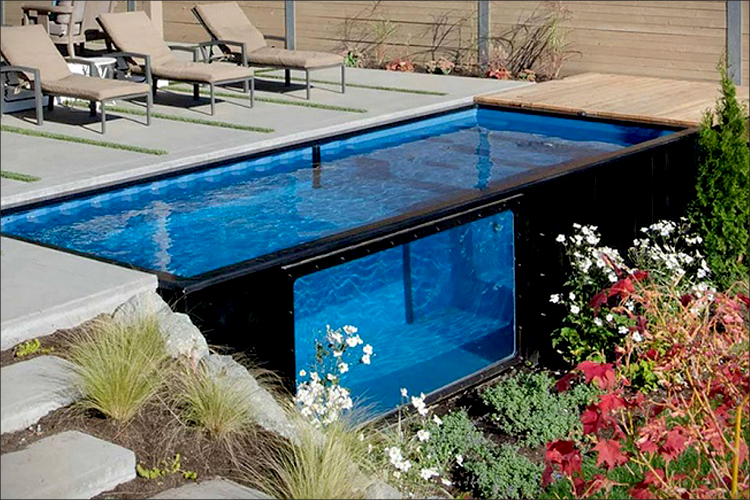
Shipping containers developed as a method of moving and exporting cargo the world over, however their role as secure and cheap storage units led shipping containers to become familiar objects on dry land just as much as on the high seas.
Nearly all shipping containers are 8ft wide with standard lengths of 20ft or 40ft. They are made from high quality Corten steel, which inhibits corrosion, and they are designed to last for many years.
All these benefits have led business-savvy entrepreneurs to turn away from expensive office and retail rentals, opting for cost effective shipping containers to get their dream businesses off the ground, by converting containers to meet their accommodation needs, rather than take on expensive leaseholds or incur high building costs. Although it’s not just businesses than have added to the growing trend up upcycling the containers. There’s now a wide range of practical and creative constructions popping up, and here are just a few of them.
Swimming Pools
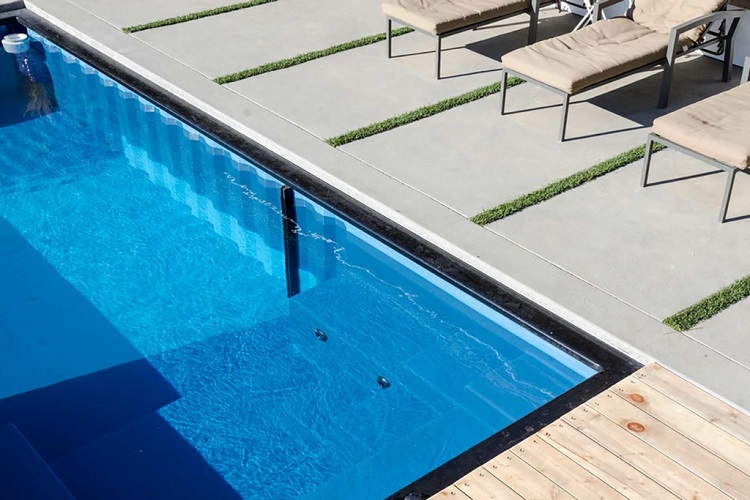
Ok we’re not sure how much swimming would actually be done in one of the these the pools, but that’s beside the point! They only take a couple of minutes to set up and the one pictured above includes a spa section. The shipping container pools aren’t just for warm weather either, with a divider to turn half the pool into a hot tub and a heater that can increase the temperature of the water. Also the fact they’re made out of shipping containers also means that the pools can be relocated and taken with you when you move house.
Bars & Restaurants
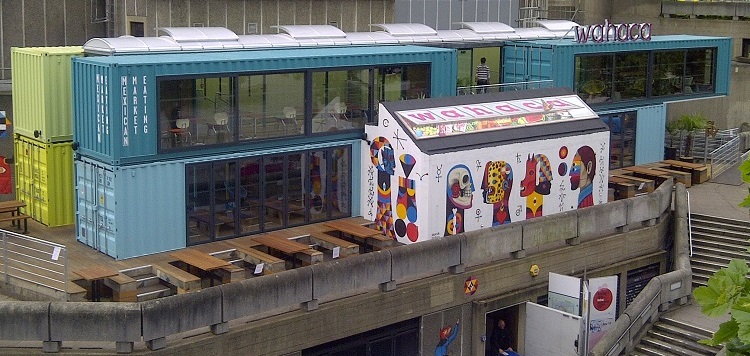
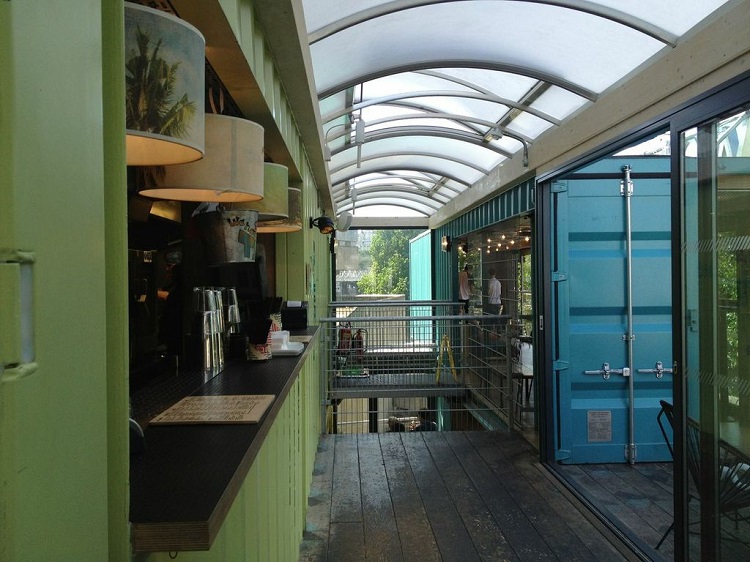
One of the most common uses for shipping containers is for the use of bars and restaurants, just like the Mexican street food company Wahaca created on London’s Southbank. Arranged on 2 overhanging levels the restaurant has a whopping capacity of 130. It has a tequila bar on the top floor with a sports a terrace in the middle, with the lower restaurant containers individually furnished differently using a variety of new and reclaimed pieces.
Schools

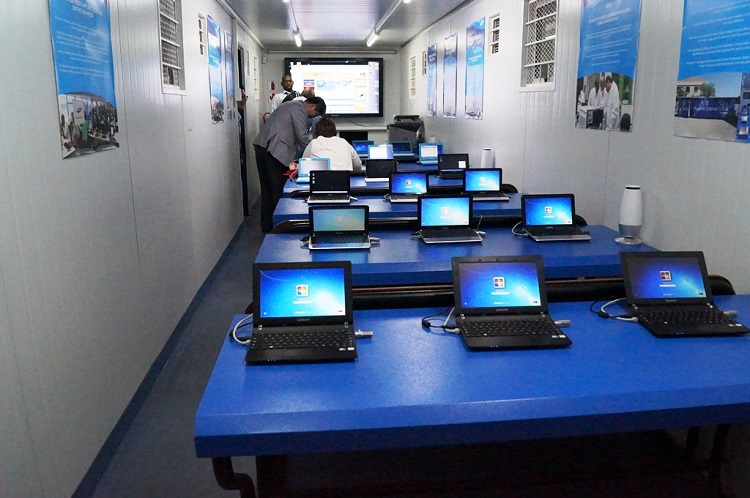
In the poorer parts of the world where constructing a traditional building for schools can be expensive, using containers for classrooms have become a noteworthy trend. By using renewable forces of energy such as the sun, these classrooms seek to provide the same quality of education as any other developing nation in the world. Above is a beautiful example of a shipping container classroom that was created with the help of tech giants Samsung in South Africa.
Hospitals
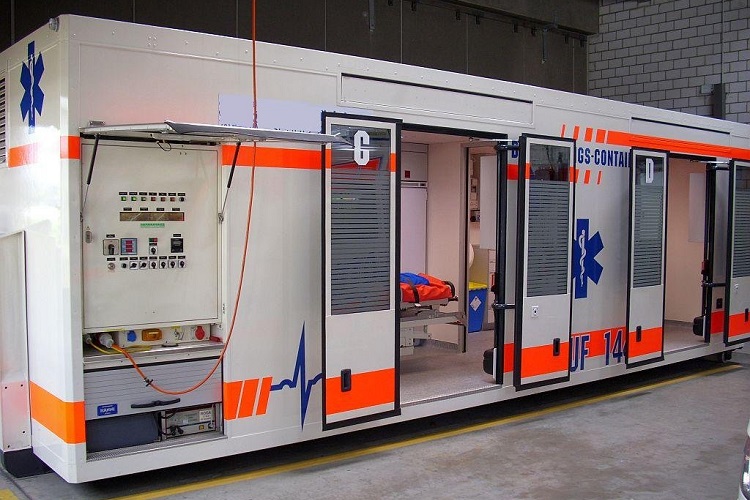
Equally important as schools are the creation of hospitals, or ‘container clinics’ as they’ve been dubbed. Seen as a quick, easy, and vital fix to rapidly unfolding disasters they have already been used with great success in Haiti when it experienced the terrible earthquake in 2010. In probably the most complexed procedure of anything you will see on this list everything you need to save lives is packed into this box.
Houses
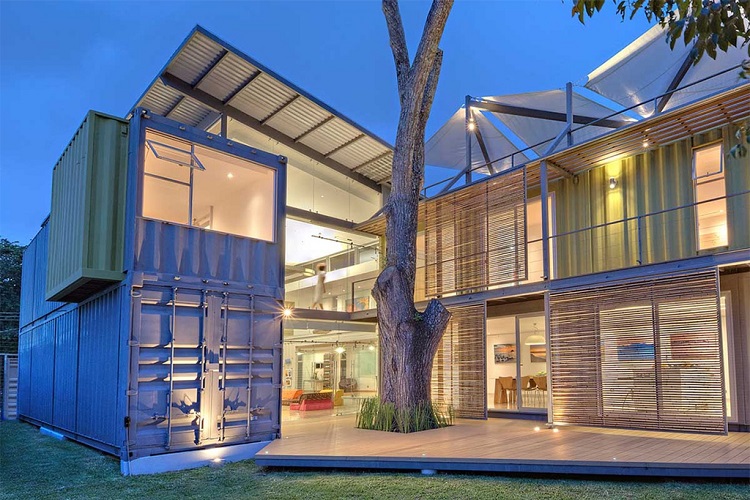
Now one container wouldn’t really be adequate to sleep in, however if you put more than one together that whole scenario changes, and that’s just what architect Maria Jose Trejos did. In fact she put 8 containers together and created a 2-story masterpiece featuring an kitchen / dining room, office, bedroom, as well as an open rooftop terrace.
Hotels
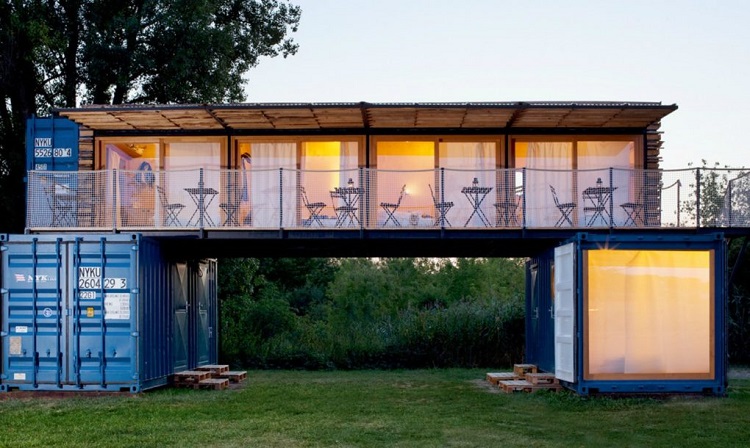
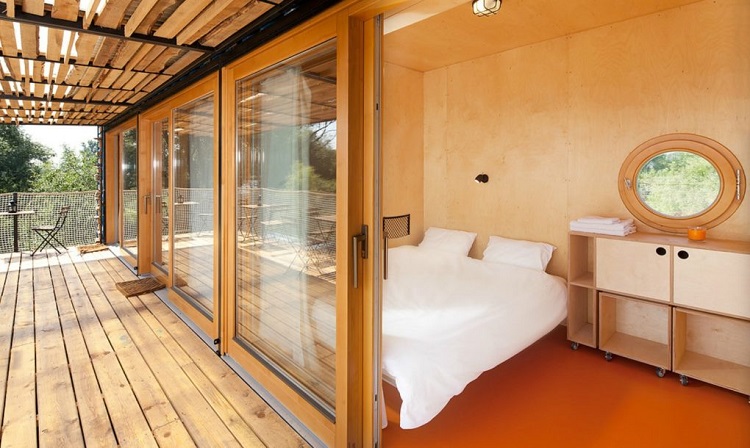
And if you can build a house then you can build a hotel, although this one is weirdly made out of just three large shipping containers, but dose have a total of five rooms that can accommodate up to 13 guests at a time. The ground level containers house the sanitary facilities, a technical room, a storeroom on one end and a four-bed guest room on the other. The compact rooms are open and airy, with minimal, but elegant features on the interior, with large windows top provide natural light, and there’s also a shared balcony that runs the length of the upper floor.
Offices
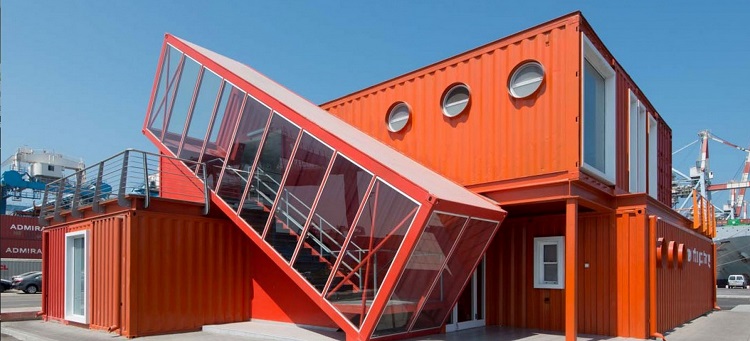
On a similar theme to houses and hotels, comes the office, and never has a shipping container construction been more appropriately located than the office building at the Port of Ashod. One of two main cargo ports in all of Israel it’s fair to say that the containers were readily available. Made up of 7 containers it features 3 offices, a tech room, an event space, has toilets on both floors, with it’s most striking feature being its angled staircase.